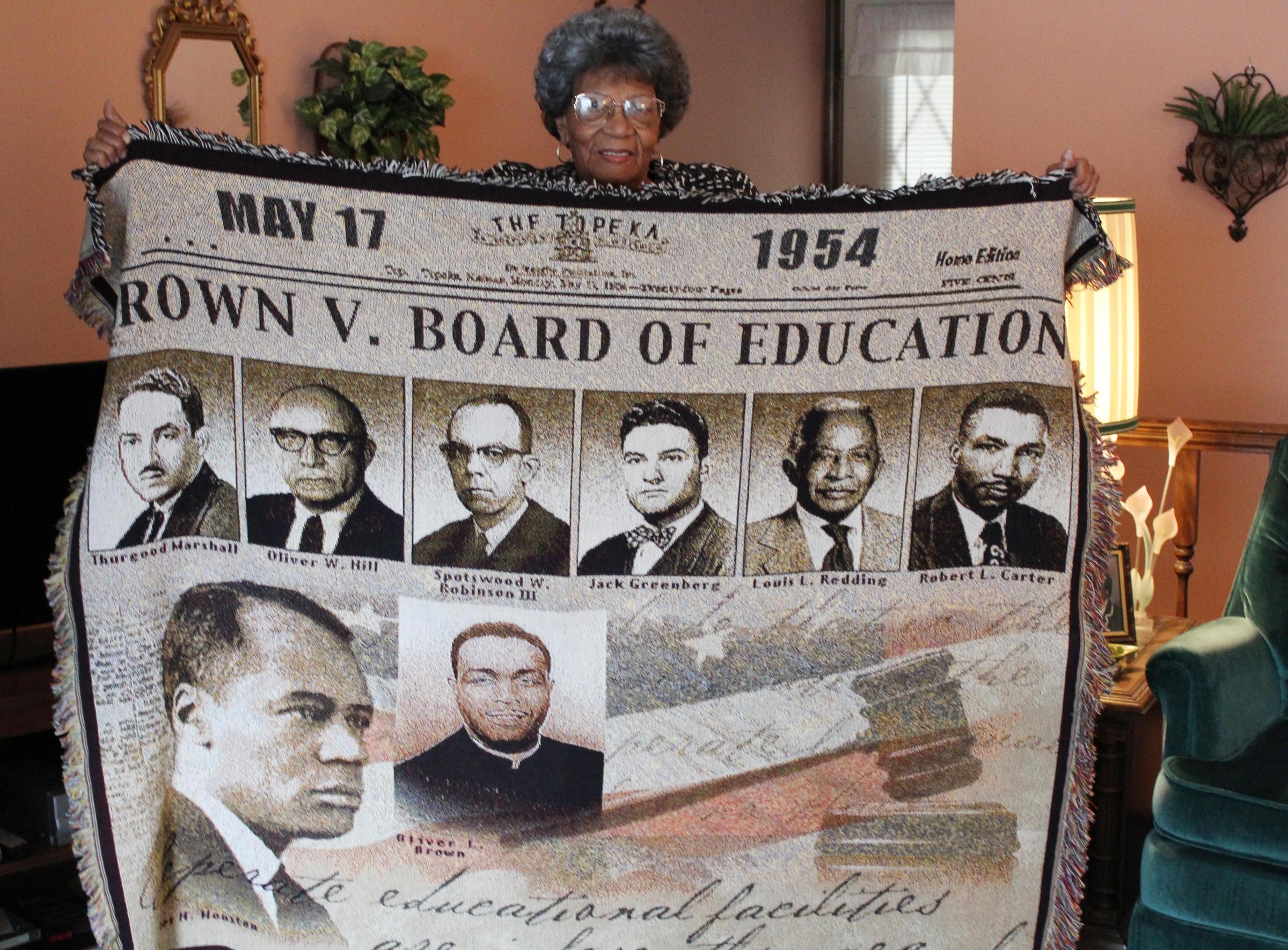

The case in Clarendon, South Carolina described school buildings as no more than dilapidated wooden shacks. But the other four lawsuits embedded in the Brown case pointed to more common fundamental challenges. Her all-Black school, Monroe Elementary, was fortunate-and unique-to be endowed with well-kept facilities, well-trained teachers and adequate materials. The lead plaintiff, Oliver Brown, had filed suit against the Board of Education in Topeka, Kansas in 1951, after his daughter Linda was denied admission to a white elementary school. The landmark case began as five separate class-action lawsuits brought by the National Association for the Advancement of Colored People (NAACP) on behalf of Black schoolchildren and their families in Kansas, South Carolina, Delaware, Virginia and Washington, D.C. The Supreme Court Rules 'Separate' Means Unequal More than half a century later, progress has been made, but the vision of Warren’s court has not been fully realized. Brown was initially met with inertia and, in most southern states, active resistance. But it would take much more than a decree from the nation’s highest court to change hearts, minds and two centuries of entrenched racism. The decision marked a legal turning point for the American civil-rights movement.

The upshot: Students of color in America would no longer be forced by law to attend traditionally under-resourced Black-only schools. Board of Education, ruling that racial segregation in public schools violated the Equal Protection Clause of the 14th Amendment. On May 17, 1954, Chief Justice Earl Warren issued the Supreme Court’s unanimous decision in Brown v.


 0 kommentar(er)
0 kommentar(er)
